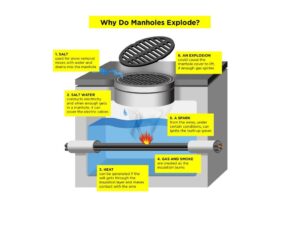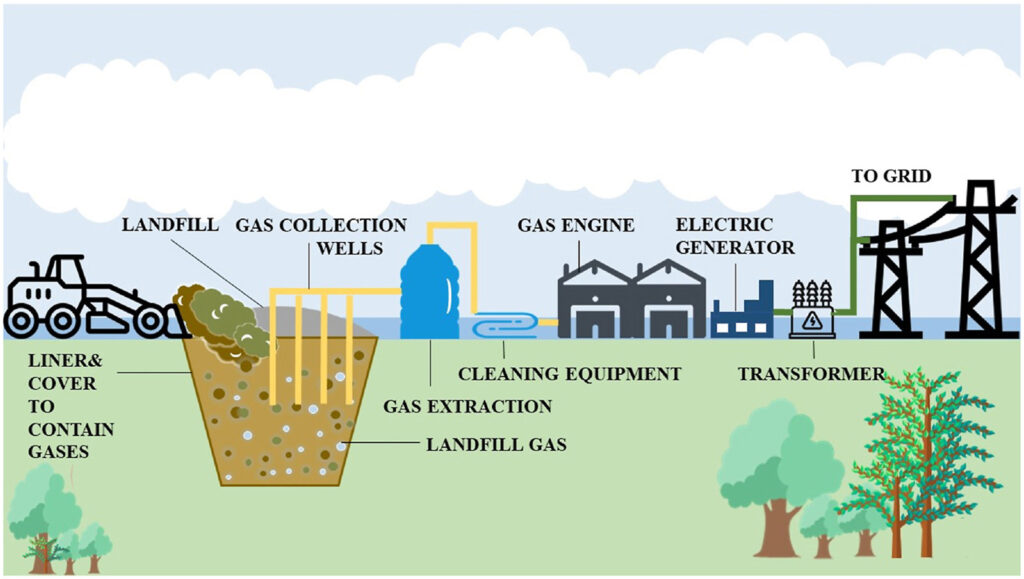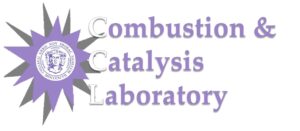Large-scale, High-speed Combustion Events

Researchers at CCL are conducting fundamental yet applied research on detonation and deflagration events at large scale in constant volume systems. This work is in conjunction with other CCNY engineering research laboratories to understand conditions of high energy release events, such as those which result in the potentially dangerous launching of manhole covers from the roadbed. The facilities at CCL allow for the validation of mitigation strategies for the high pressure reaction fronts. The measurement of stereoscopic data from these high-speed chemical and electrical events allows for an experimentally-derived understanding of complex hydrocarbon mixtures. The goal of this research is to reduce the safety risks associated with manhole events which occur throughout New York City and beyond.
Corrosion of Superalloy Materials

All combustion-based systems, such as cement kilns, Waste-to-Energy (WtE) facilities or fossil fuel power plants are significantly impacted by high-temperature corrosion. Primary factors affecting corrosion are the high operating temperatures, acid gases in the flue gas produced from elements in the fuels, and simultaneous impacts of elements and ash combining to form unusual eutectics. Chemical species found in the ash of WtE boilers, and cement kiln units contain a variety of complexes that adhere to surfaces, thus increasing material loss rates due to erosion and accelerated corrosion. In general the WtE industry spends about a third of the annual maintenance budget towards corrosion-related maintenance.
WTE corrosion research at CCL focuses on characterizing the suitability of various alloys for use in WTE plants. An approach was developed to use a lab-scale apparatus that exposes candidate alloy test coupons to a simulated flue gas composition of any industry ranging from waste to energy or cement kiln operations at a temperature range of 450-1100℃. This includes understanding the corrosion surface and comparisons of their corrosion resistance in combustion environments that simulate the gas species and thermal gradients encountered during actual operations.

work)1
Related publications:
- Sharobem T. T. (2017) Mitigation of High-Temperature Corrosion Waste-to-Energy power plants. PhD Thesis Columbia University.
- Lee S. H. (2009) High-Temperature Corrosion Phenomena in Waste-to-Energy Boilers. PhD Thesis Columbia University.
- Lee S. H., Themelis N. J., and Castaldi M. J. (2007) High-Temperature Corrosion in Waste-to-Energy Boilers. Journal of Thermal Spray Technology 16(1): 104.
- Kawahara Y (2016) An Overview on Corrosion-Resistant Coating Technologies in Biomass/Waste-to-Energy Plants in Recent Decades. Coatings 6(34):
- Kawahara Yuzu, Sasaki Kouji, Nakagawa Yuuji (2006) Development and Application of High Cr-high Si-Fe-Ni Alloys to High Efficiency Waste-to-energy Boilers. Materials Science Forum 522-523: 513-522.
Landfill Gas to Energy
Research is being conducted by CCL to leverage waste as a valuable resource for energy recovery. Through capture and utilization of landfill gas, sanitary landfills in the United States can achieved reduction in methane emissions, which is of critical importance as the contribution to anthropogenic climate change from generated landfill gas (LFG) is well-established. Conversion of methane to carbon dioxide, posing a lower global warming potential, via flaring is relatively straightforward to implement, yet it foregoes an opportunity for energy recovery.

Emissions and performance data has been collected from the operation of an internal combustion engine as a stationary power source operating on surrogate landfill gas blends. Building on the landfill gas reforming research by prior CCL researchers, feasibly upgraded landfill gas has been shown to produce sufficiently robust engine performance for adequate power generation under load. CO and HC+NOx emissions were found to meet EPA and CARB standards for equivalently powered commercial engines which have been certified in the same model year as the tested engine.
With a potential for both greenhouse gas reduction and energy recovery achieved via the utilization of landfill gas, this facet of the landfill pathway for waste management could be greatly impactful.
